Jamaica Blue Mountain No. 1 Coffee Bean Clifton Manor characteristic Story
Professional coffee knowledge exchange more coffee bean information please follow the coffee workshop (Wechat official account cafe_style)
One of the ancient farms in the Blue Mountains of Jamaica
Clifton Farm Blue Mountain one
Jamaica Clifton Mount Estate
Landowner: sharp Family The Sharp family
Certificate: tropical rainforest certification
Location: Newcastle area
Total area: 250 acres
Coffee acreage: 180 acres
Average altitude: 4300 ft (1310.64 m)
Treatment method: washing
Variety: 100% Arabica iron pickup
Lanshan No.1 flavor: perfect balance of acidity, mellow thickness and aroma

| 01 | production area description |
The Blue Mountains are located in the eastern part of the island of Jamaica, hence its name because it is surrounded by the Caribbean Sea. On clear days, the sun shines directly on the blue sea, and the peaks reflect the bright blue light of the sea.
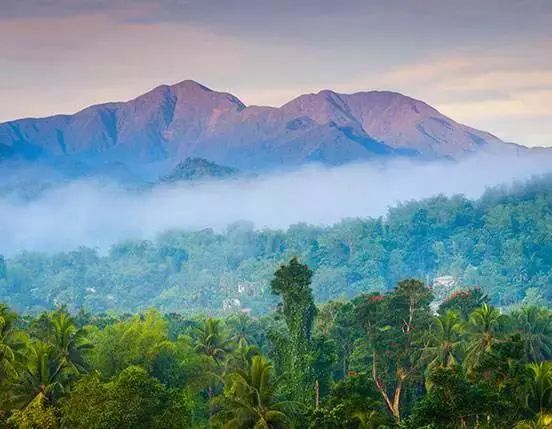
The highest peak of the Blue Mountains, which is 2256 meters above sea level, is the highest peak in the Caribbean and a famous tourist attraction. It is located in the coffee belt, with fertile volcanic soil, fresh air, no pollution, humid climate, foggy and rainy all the year round (average precipitation of 1980 mm, temperature of about 27 degrees). This climate and ultra-high altitude have created the world-famous Jamaican Blue Mountain Coffee.
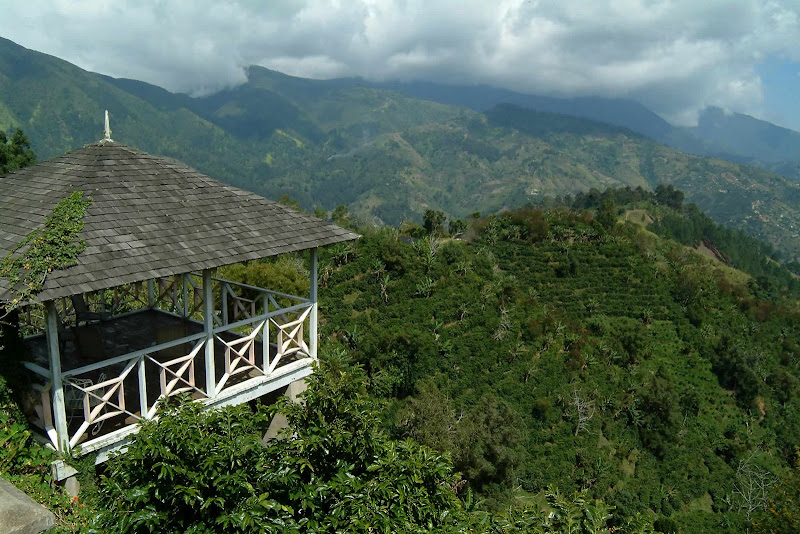
Introduction to Clifton Farm
Clifton Hill is by far the oldest coffee producer in Jamaica, and only Clifton Farm in Jamaica has a "tropical rainforest" logo.
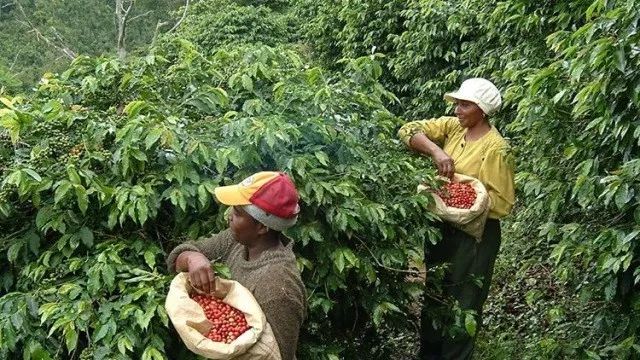
It is recognized as a very high quality and world-famous producing area of Blue Mountain Coffee. Its elegant large house farm is located on an island in the Newcastle area on the eastern slope of Mount Catherine at an elevation of 4300 feet.
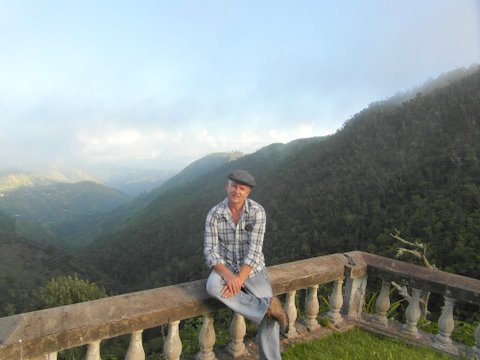
History.
As early as the mid-18th century (around 1750), Clifton Farm began to grow and produce coffee.
According to a survey conducted by the Jamaica Institute in 1810, Robert Hamilton was the owner of the farm at that time. Clifton Hill is divided into two parts: 427 acres of 80 acres of coffee pastures at the top of the mountain, 111 acres of coffee and 264 acres of pastures at the foot of the mountain.
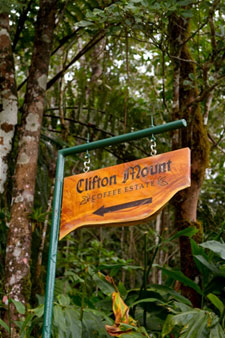
The Blue Mountain area is a small area with a planting area of only 6000 hectares, and it is impossible to grow all the coffee marked "Blue Mountain" there. Today's Clifton Farm is the largest estate in the area and is also a small-scale plantation by international standards, many of which are small landowners whose families have been working on the land for two centuries.
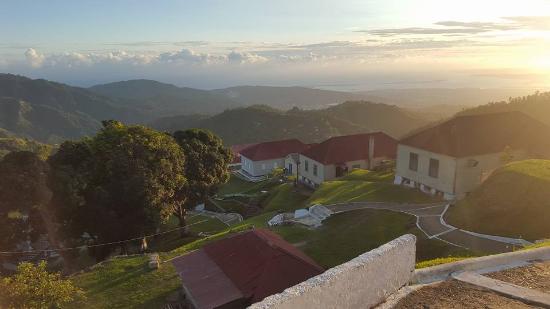
Ms. Marianne Ross, a famous British painter and writer, visited Jamaica and spent five months on Clifton Hill. In her autobiography memories of Happy Life, she mentions the Clifton Hotel where she stayed: "the Clifton Hotel belongs to a local gentleman who has lost his wife. Instead of staying in a hotel, he rents it to different people every week, so that more people can experience the cold air at an altitude of 5000 feet and have the opportunity to walk among the best and oldest coffee plantations in Jamaica. "
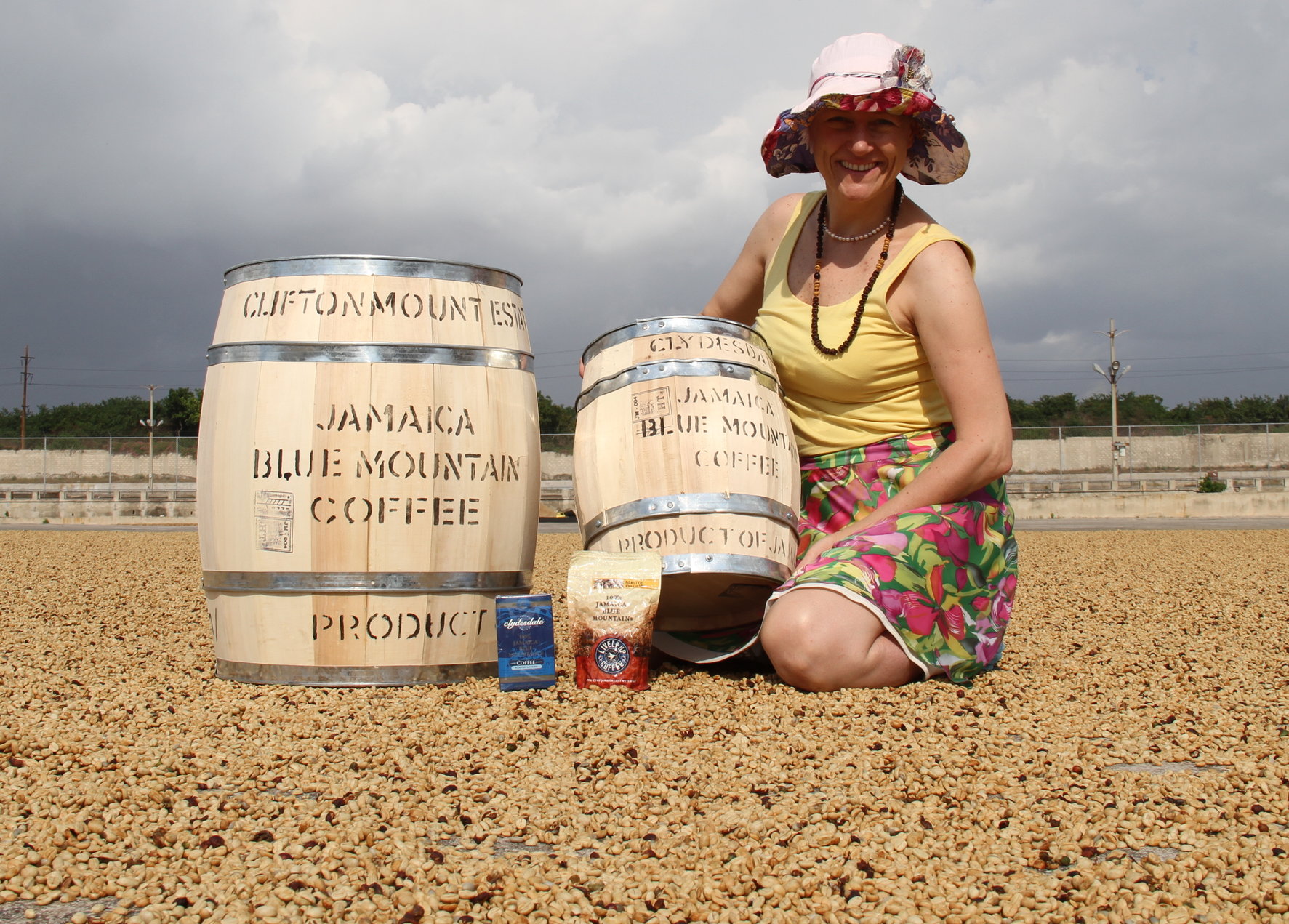
Clifton Hill Village
The coffee planting and processing area falls at an average of 4300 feet (1310.64 meters), with enough altitude and mild afternoon clouds to shade the mountains and forests.
Sufficient sunshine and mineral-rich planting soil provide good growth conditions for coffee trees and prolong the ripening of coffee cherries.
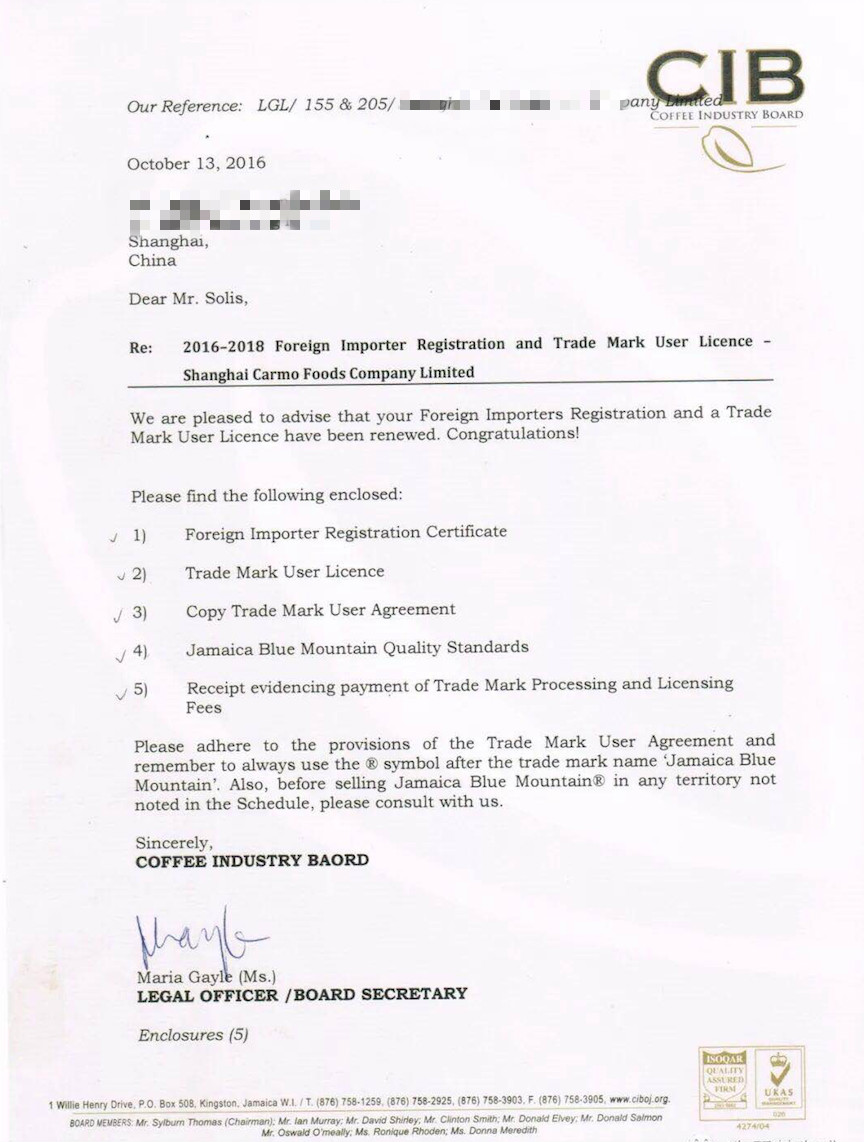
Picture: CIB authorization form
In 1953, the Jamaican government established the Jamaican Curry Industry (CIB) to regulate and guarantee the quality of Jamaican coffee. Jamaica was the first country in the world to assign a clear geographical location to a specific coffee brand, similar to the French wine industry that founded AOC.
All coffee exported from Jamaica is sent by CIB.
And rigorous tests by trained quality control experts ensure that all exports are 100% authentic Jamaican Blue Mountain coffee.
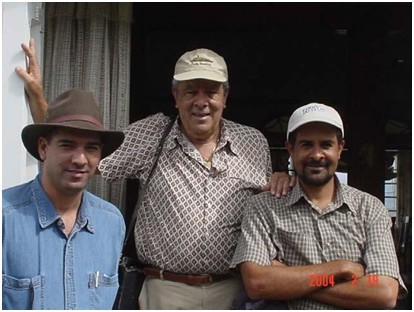
Sharp family The Sharp family, Jason, Lawrence (father), and Richard
As early as the mid-18th century (around 1750), Clifton Farm began to grow and produce coffee.
According to a survey conducted by the Jamaica Institute in 1810, Robert Hamilton was the owner of the farm at that time and is now managed by the Sharp family.
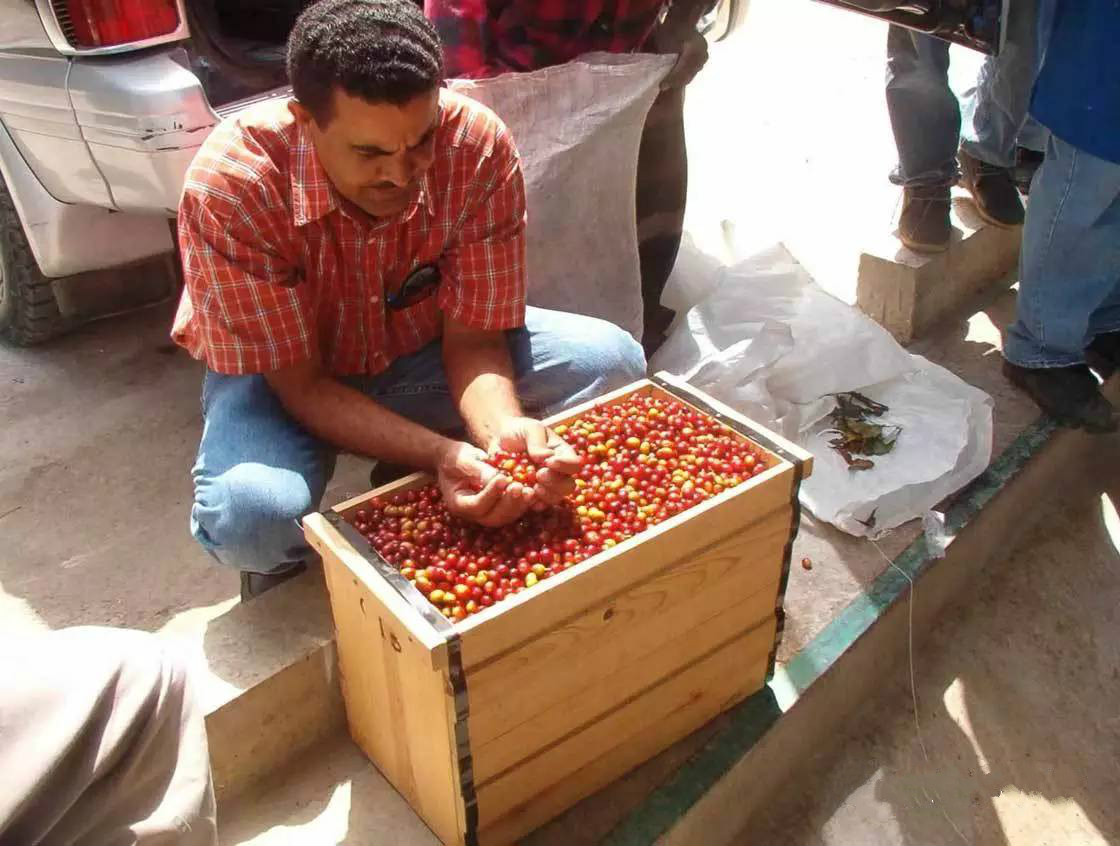
Sharp is checking the red fruit now.
Clifton's high altitude and long history, and in the treatment method is also unique, this wonderful and unique treatment method makes Clifton not only has the unique round and supple taste of Blue Mountain 1, but also has a slight floral aroma and other rich taste.
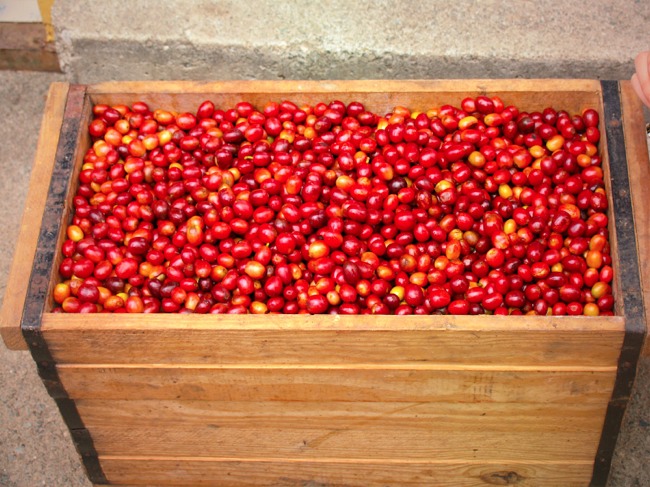
So that's why Clifton is so popular and sells at a high price.
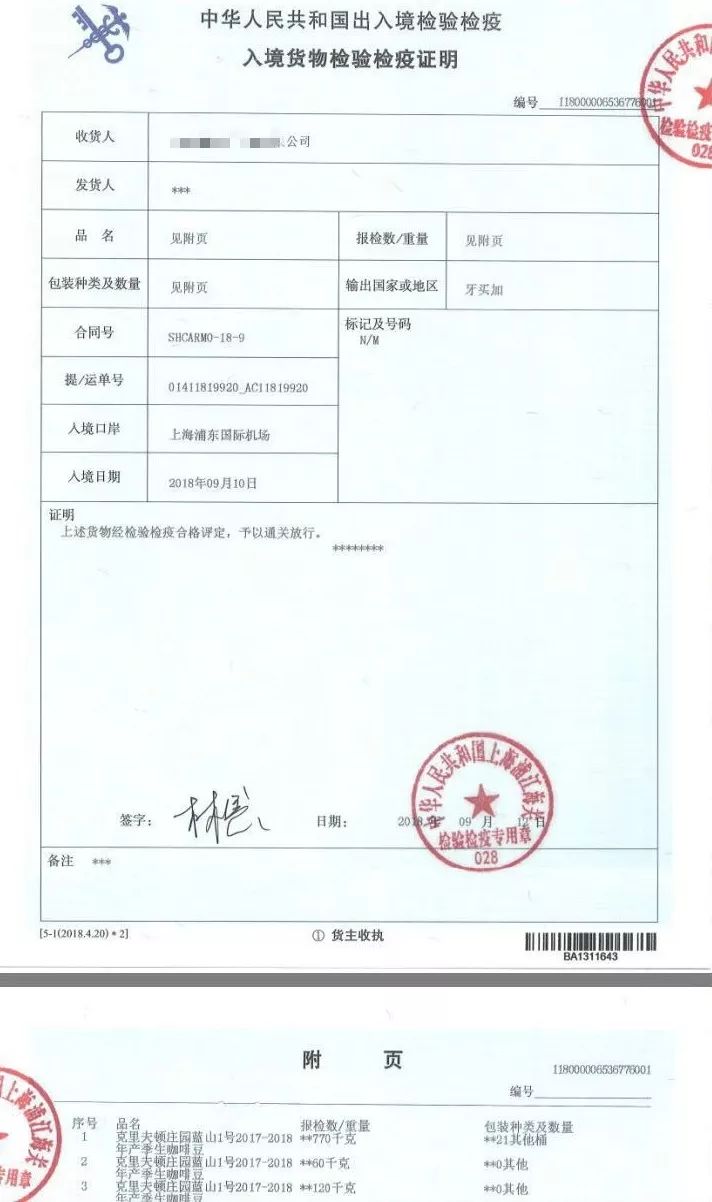
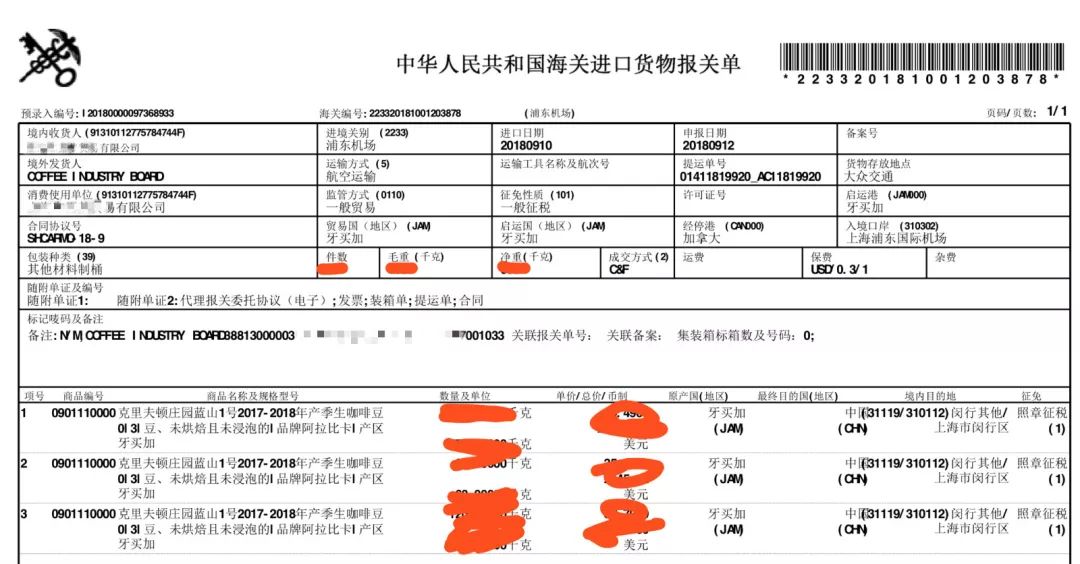
Photo: cliff Lanshan No. 1 Haikou import declaration form
We in Qianjie have booked Blue Mountain No. 1 in the new production season of 17-18 this year.
From ordering to customs clearance to entry and then express delivery to our Qianjie coffee
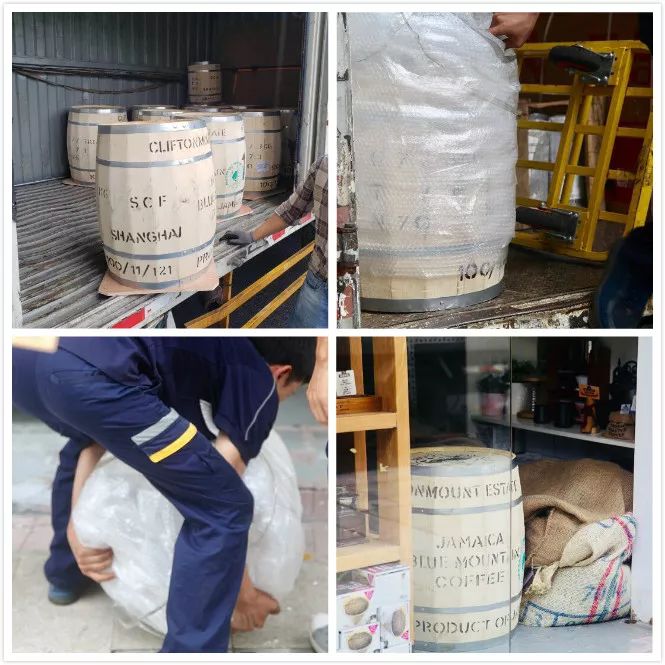
Then we had a serious, selfie, and polite unpacking ceremony.
Still a little excited.
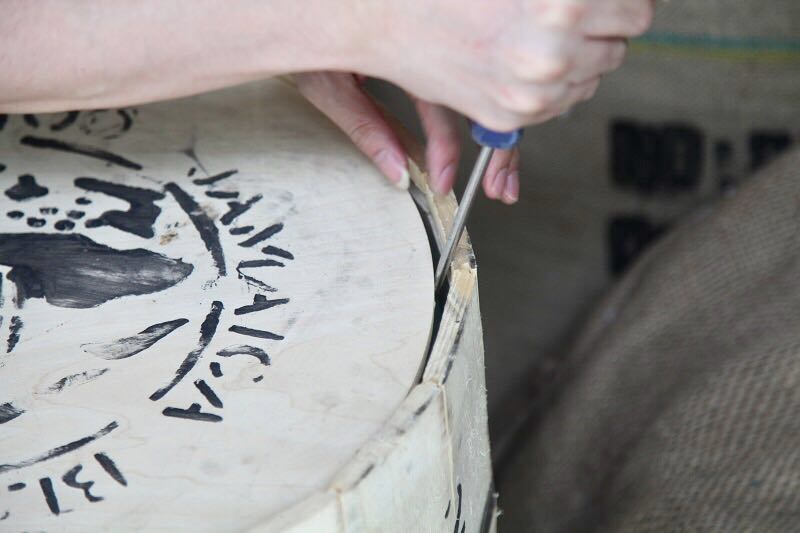
Certification: tropical rainforest certification. Coffee with a certification mark on a coffee sack or bucket is the coffee of the certified product.
Farms must meet the Sustainable Agriculture system Standards before they can be certified. (Rain forest water frog)
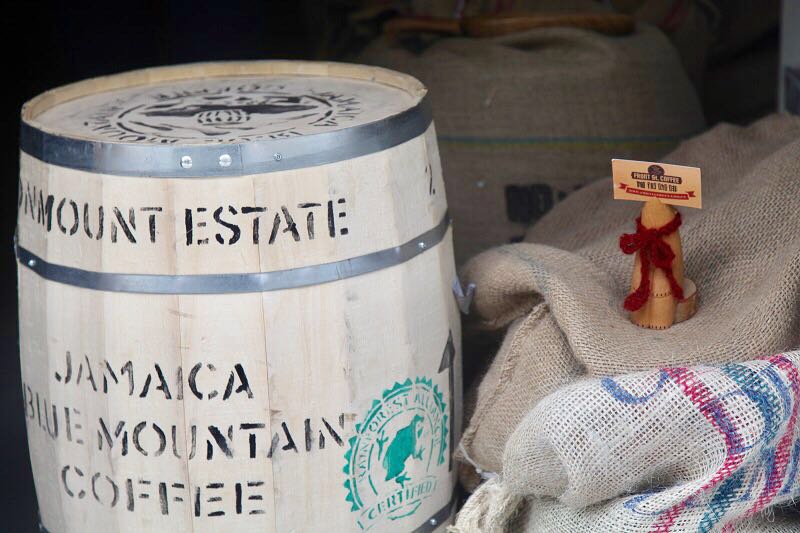
02 | washing method
Blue Mountain has only water washing treatment.
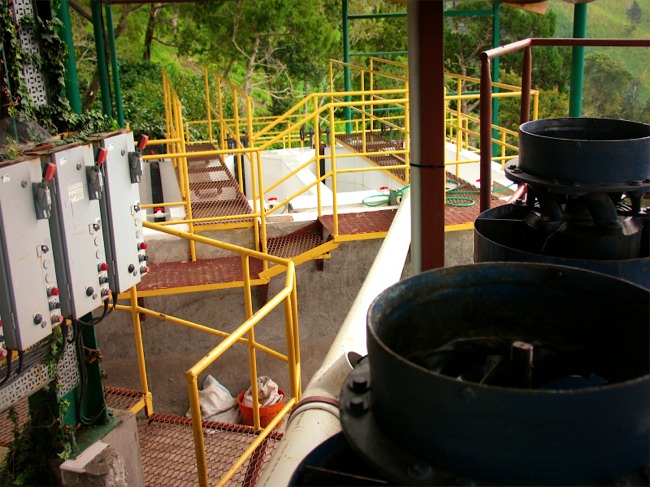
The peel, pulp and mucous membrane were removed by washing and fermentation. Farms that use the washing method must build washing ponds and be able to introduce an endless supply of running water. During the treatment, first remove the peel and pulp and let it ferment for 18 hours, then put the mellow beans into the pool and pass them back and forth, using the friction of the beans and the power of running water to wash the coffee beans until smooth and clean.
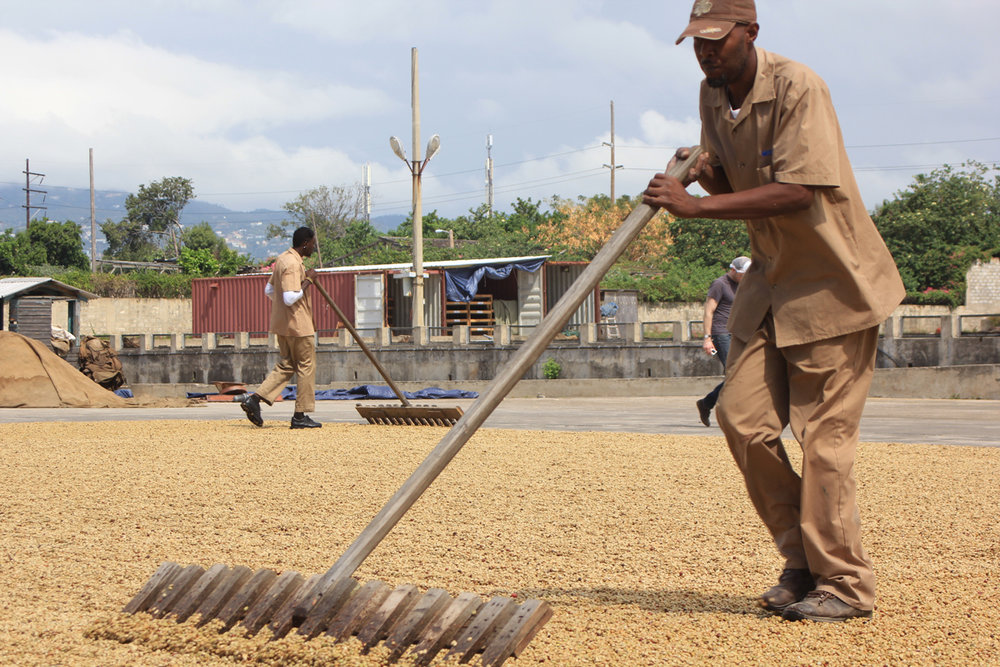
After washing, the coffee beans are still wrapped in the pericarp with a moisture content of 50%, and the moisture content must be dried to reduce the moisture content to 12-14%. After that, the coffee beans are screened and stored in a special warehouse. These procedures must be strictly mastered, otherwise, the quality of coffee will be affected.
03 | Analysis of raw beans
The Blue Mountains are divided into four levels each. From top to bottom in terms of quality, NO.1, NO.2, NO.3 and PB,PB are round beans. According to CIB standards, coffee grown above 666m above sea level is called Jamaican alpine coffee; coffee grown outside the Blue Mountains is called Jamaican coffee.
Among them, the basic standard of blue mountain raw beans of NO.1 is beans with more than 17 mesh, defect rate less than 3%, moisture content about 13%, and so on.
Variety: tin card species
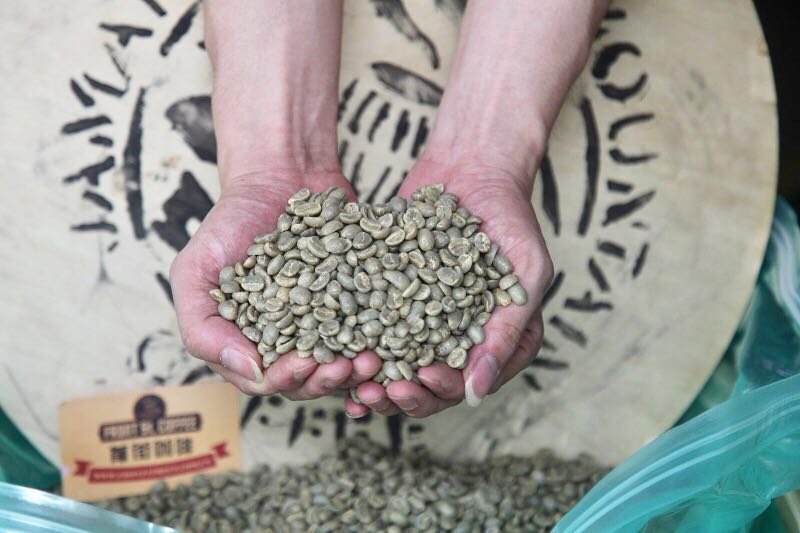
04 | Baking analysis
How can baking show the better flavor of [Jamaica Blue Mountain]?
To put it simply, the Blue Mountain is baked "thoroughly" from the inside to the outside, and on the basis of baking, a better baking technique is used to show the flavor of this bean.
Caramelization is a link that has the greatest impact on the flavor of coffee. After six to seven minutes of baking, raw beans absorb a lot of heat and start the pyrolysis reaction, resulting in the first explosive sound. Some sugars are converted into carbon dioxide, and water continues to evaporate. New aromatic components gradually develop into the so-called coffee oil. And combine with hundreds of aromatic substances such as nicotinic acid, citric acid, quinic acid, malic acid, acetic acid, caffeine and so on.
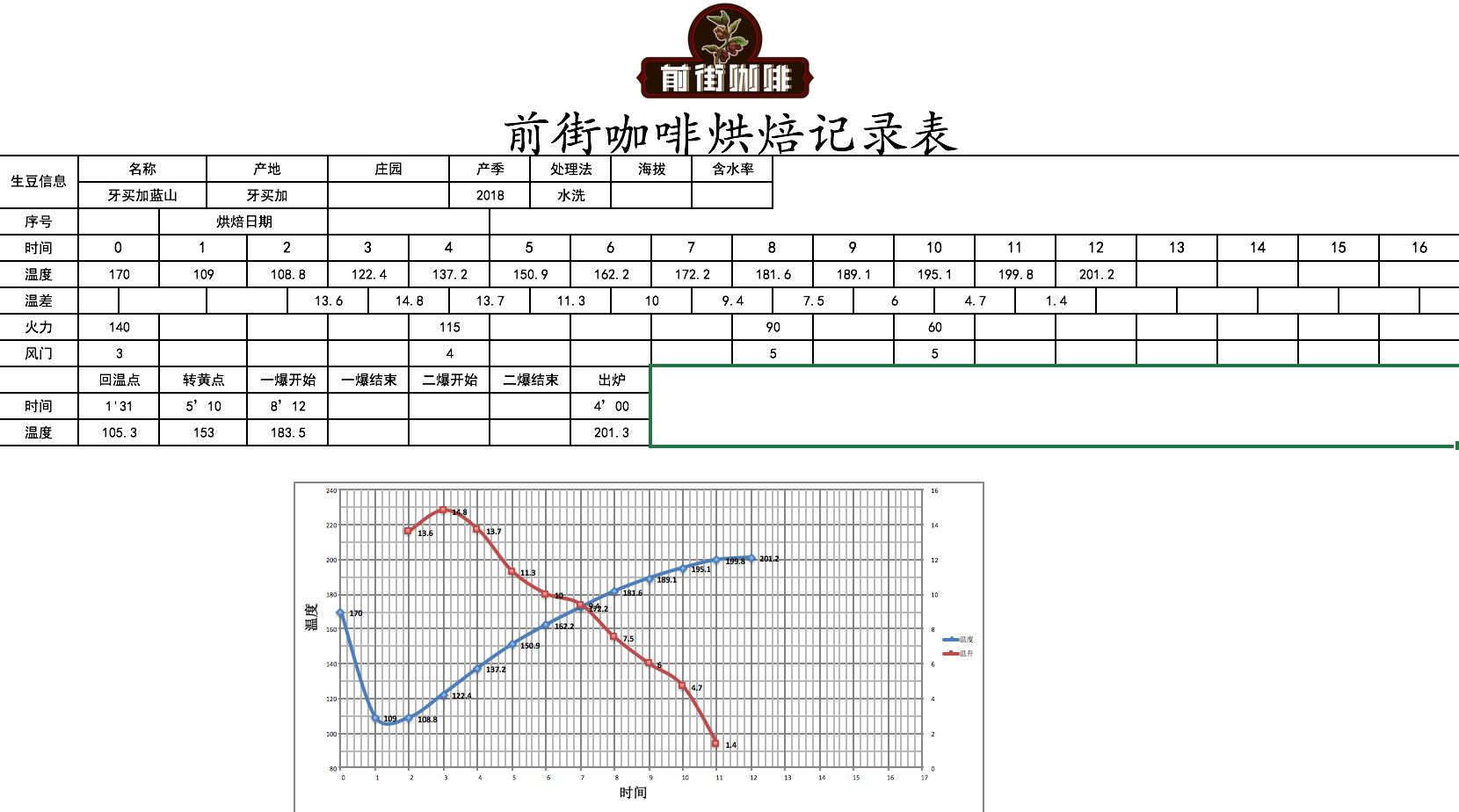
Baking curve: furnace temperature to 170 degrees Celsius, throttle set for 1 minute, firepower 140 degrees, throttle unchanged, baking to 5 degrees Celsius 39 degrees 10 ", temperature 153 degrees, bean surface turns yellow, grass smell disappears completely, dehydration is completed, firepower is adjusted to 115 degrees, throttle changes 4".
In the 8th & # 39th minute, ugly wrinkles and black markings appear on the bean surface, and the smell of toast obviously changes to the smell of coffee, which can be defined as a prelude to explosion. at this time, listen clearly to the sound of an explosion point, and start to explode at 8 degrees 39 ". Adjust the firepower to 90 degrees, the throttle is fully open (adjust the firepower to be very careful, not to be so small as to be free of bursting sound), and put the pot at 201.3 degrees.
Blue Mountain Coffee Cup Test:
Cup test features: a perfect and delicate balance of acidity, mellow thickness and aroma. Its acidity is bright and delicate. Its body is as smooth as velvet. Its aroma is slightly penetrating, accompanied by floral, spicy, and citric acid tones. There is a hint of cocoa after the entrance.
The taste is very clean, complex, very mild, chocolate sweet, very mellow. The taste is full-bodied and mellow. the sweet, sour and bitter taste of the coffee is perfect, with no bitterness at all, only a moderate and perfect sour taste and a long fruity taste.
Dry aroma: roasted peanuts (roasted peanut), hazelnuts (hazelnut), melons (melon), chocolate (chocolate-like)
Wet fragrance: oolong tea (rose-tea), caramel (caramel), honey (honey), chocolate (black- chocolate), almond skin (almond skins), silky taste (silky mouthfeel), bright feeling (brightness)
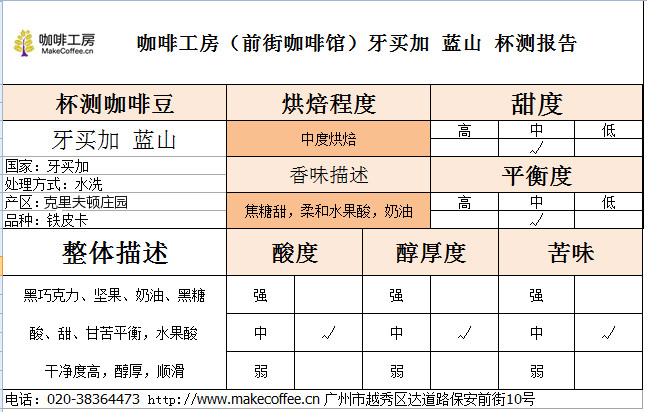
05 | Cooking analysis
Daily cooking filter cup selection: V60 filter cup, kalita fan and KON0 can be used.
KONO parameters: 15g powder, water temperature 87-88 degrees, grinding small Fuji 4, ratio of water to powder close to 1:15, total time about 2:00
(the grinding degree is close to the size of Swire Sugar, BG 6m, equivalent to Fuji 4)
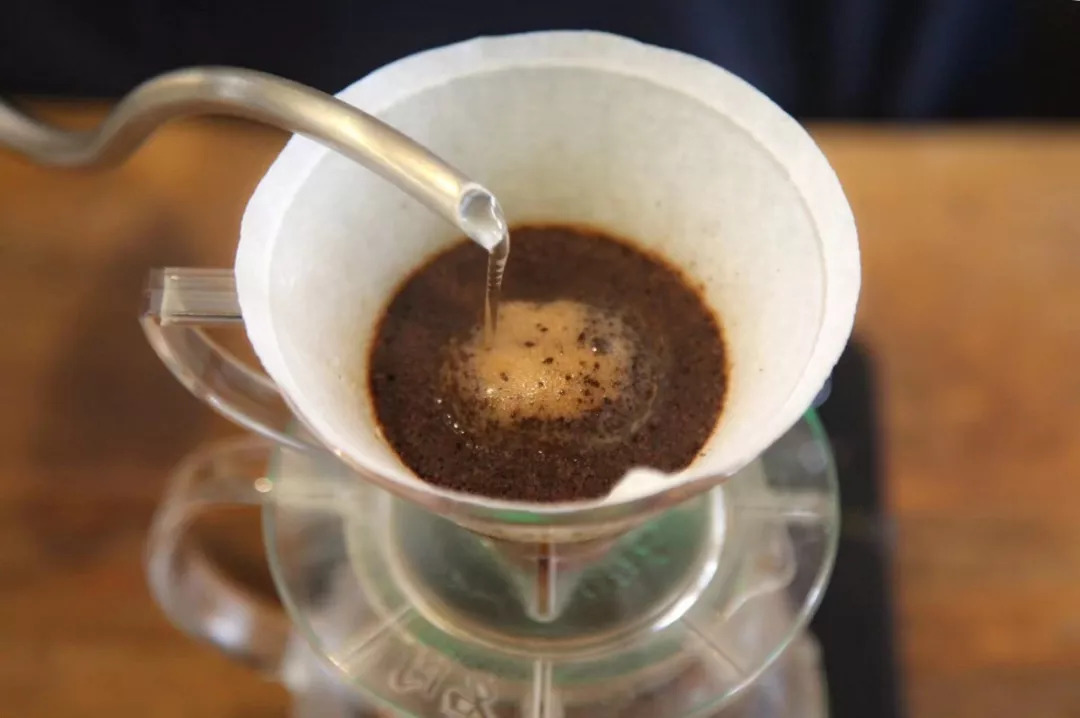
Technique: 16g powder, 30g water steaming, steaming time is 30s, the first stage water injection to 120g water cut off; vertical flow, small flow slowly circle; the second stage water injection to 225g, the flow and winding speed is slightly faster, reducing the powder clogging the filter cup, resulting in excessive extraction. Total
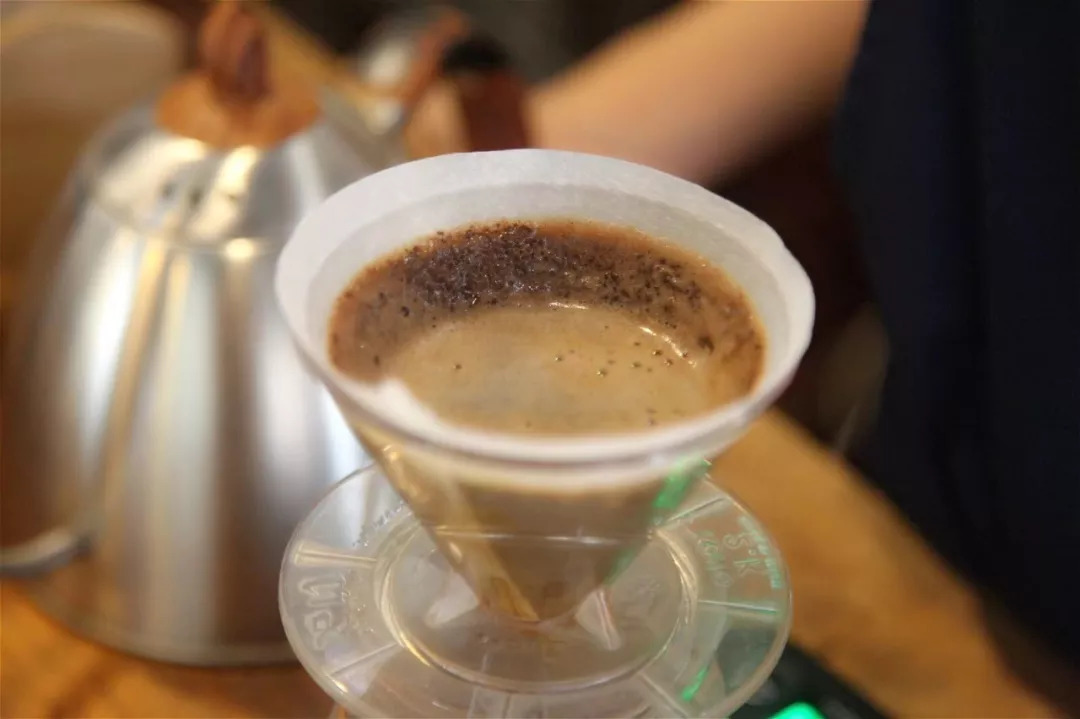
Other extraction suggestions:
V60: prepare 15-16 grams of powder, water temperature 87-88 degrees, grinding degree BG 6m or small Fuji 4 (Chinese standard 20 sieve, 47% pass rate), water powder ratio close to 1:14
Technique: first steam with 30g water for 30s, then inject water against the flour and cut off the water to 120g for the first time.
When the water level drops 1 minute 3-1 / 2, the second water injection is carried out. The water injection stops at 234g, and the cooking time is controlled at about 2 minutes and 15 seconds.
Normal pressure: 3.5-4 degree of grinding / water temperature 90 degrees
Siphon: 4 degree of grinding, water temperature: 89 degrees, extraction time 40 seconds
Philharmonic pressure, 2.5 degree of grinding, water temperature 88 degrees
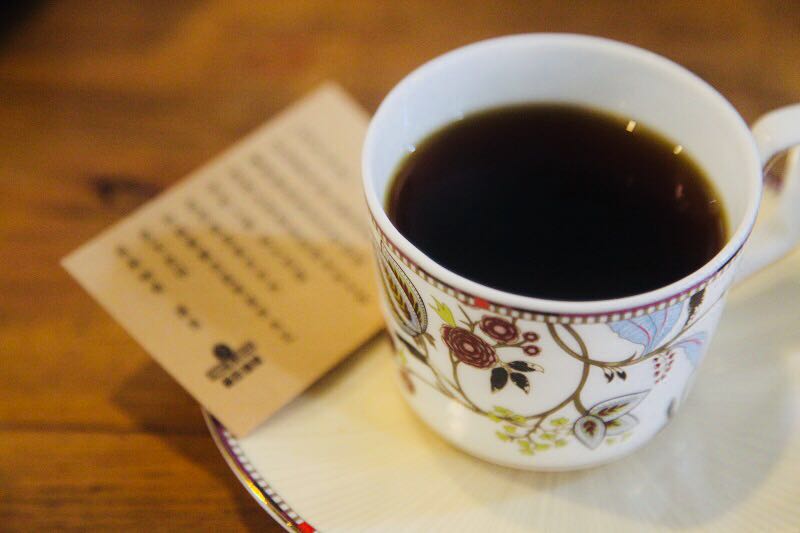
How to distinguish between true and false Blue Mountains?
1, appearance: the raw beans of Blue Mountain Coffee are cyan, the appearance is very neat, the size is medium to small, the ends are warped up, the volume increases a lot after baking, very full.
2, grinding beans: the real blue mountain coffee beans grow at high altitude, its cytoplasmic structure is relatively loose, when grinding by hand, it feels very crisp, cool and continuous, and there is no feeling of resistance.
3, aroma: the aroma is very rich and dense; the so-called blended Blue Mountain Coffee does not have this aroma.
4, taste: the real Blue Mountain Coffee has a balanced and full-bodied taste, without any feeling of prominence or lack of taste, which is unmatched by any other coffee beans, the most critical identification point. The aroma of blue mountain peas is more subtle and the taste is relatively stronger.
The real Blue Mountain and Blue Mountain flavor are two different concepts, which are generally roasted with other beans to mimic the similar taste of Blue Mountain coffee. The beans of "Blue Mountain matching" are mixed, have a big difference in shape and are easier to identify. Also do not believe in dozens of yuan a pound of "the best Blue Mountain", more than ten yuan a cup of "Blue Mountain Coffee".
Not all the blue mountains are really blue mountains. I hope it can help you to distinguish.
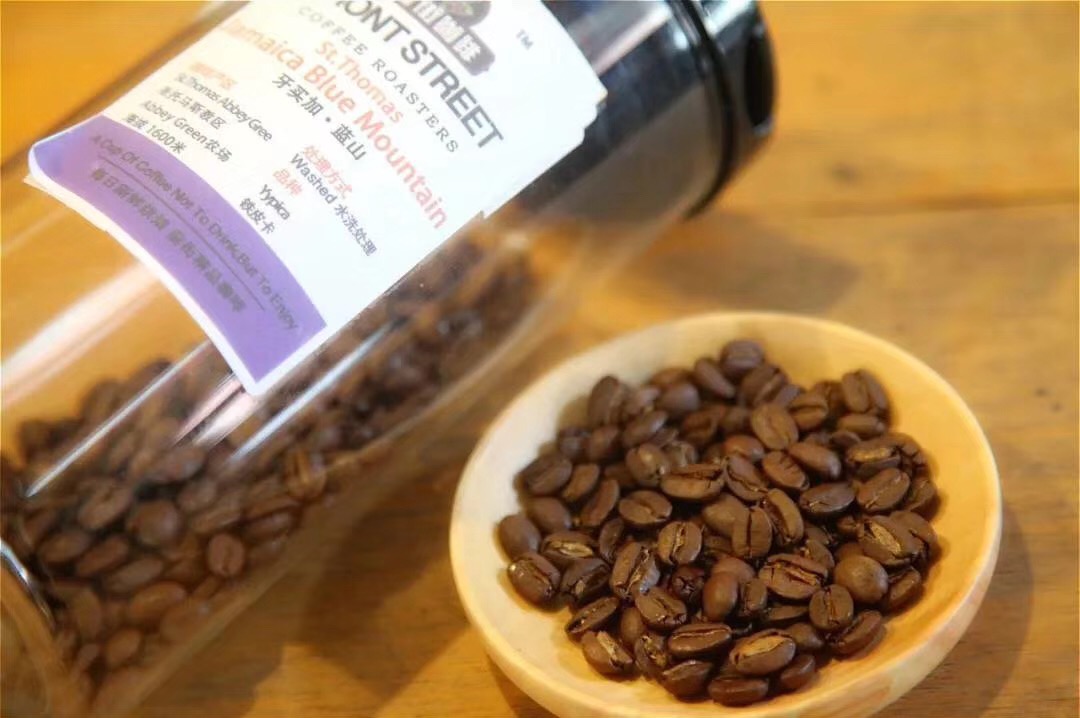
Important Notice :
前街咖啡 FrontStreet Coffee has moved to new addredd:
FrontStreet Coffee Address: 315,Donghua East Road,GuangZhou
Tel:020 38364473
- Prev
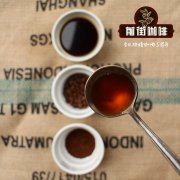
Recommendation of Panamanian coffee beans | long-tailed cuckoo of Hartman Manor | characteristics of Panamanian coffee
Professional coffee knowledge exchange more coffee bean information please follow the coffee workshop (Wechat official account cafe_style) front street coffee individual coffee bean recommendation-Panama Hartman Manor Red Wine treatment Panama Volcan Finca Hartmann Red Trogon Washed country: Panama producing area: Walken altitude: 1250-1800 m handling method: washing grade:
- Next
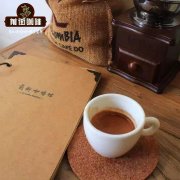
Columbia Yana exquisite flavor characteristics _ Colombian coffee beans with affordable price and excellent quality
Professional coffee knowledge exchange more coffee bean information please follow the coffee workshop (Wechat official account cafe_style) Colombian Nalinglong coffee beans are produced in Narino province in the southwest of Colombia, located in one of the many coffee producing areas in the Andes near the Ecuadorian border, is a boutique coffee bean in the eyes of coffee lovers. Manual selection of the best quality to screen out the particle size
Related
- Does Rose Summer choose Blue, Green or Red? Detailed explanation of Rose Summer Coffee plots and Classification in Panamanian Jade Manor
- What is the difference between the origin, producing area, processing plant, cooperative and manor of coffee beans?
- How fine does the espresso powder fit? how to grind the espresso?
- Sca coffee roasting degree color card coffee roasting degree 8 roasting color values what do you mean?
- The practice of lattes: how to make lattes at home
- Introduction to Indonesian Fine Coffee beans-- Java Coffee producing area of Indonesian Arabica Coffee
- How much will the flavor of light and medium roasted rose summer be expressed? What baking level is rose summer suitable for?
- Introduction to the characteristics of washing, sun-drying or wet-planing coffee commonly used in Mantenin, Indonesia
- Price characteristics of Arabica Coffee Bean Starbucks introduction to Manning Coffee Bean Taste producing area Variety Manor
- What is the authentic Yega flavor? What are the flavor characteristics of the really excellent Yejasuffi coffee beans?

